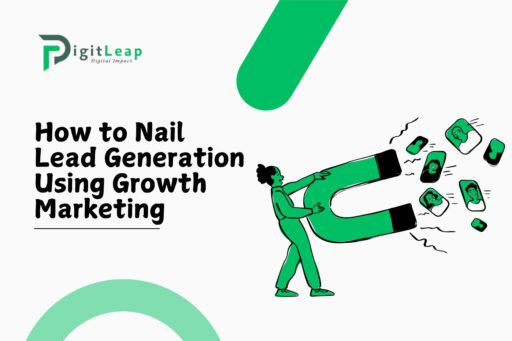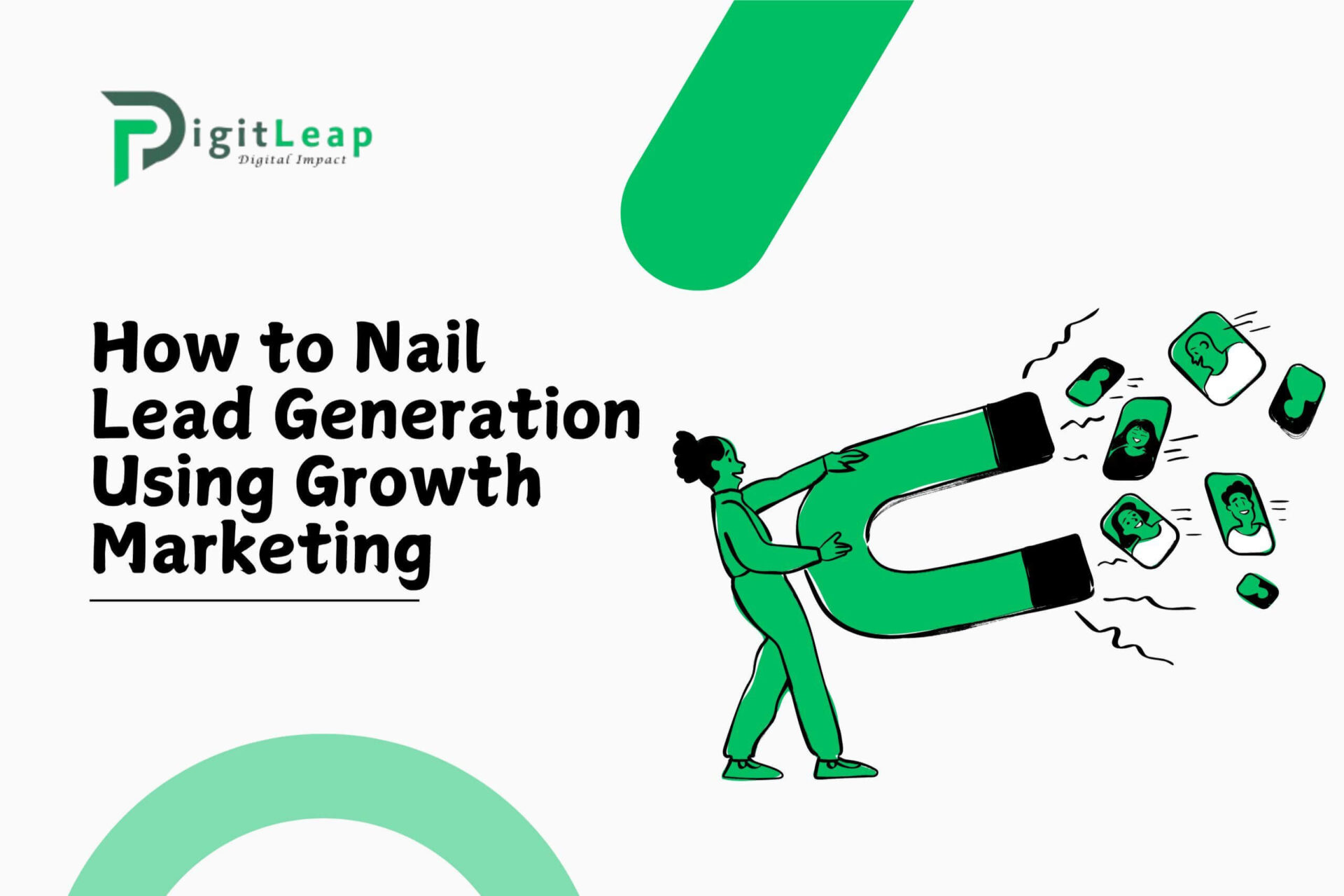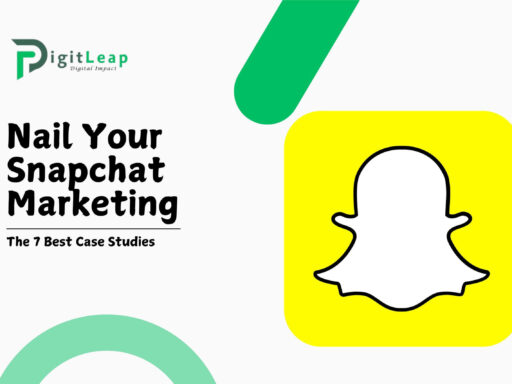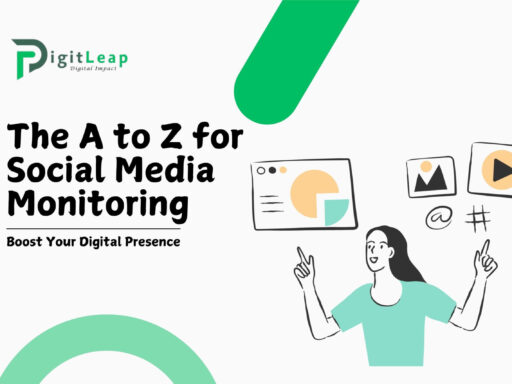How to Nail Lead Generation Using Growth Marketing
Introduction
Lead generation is the engine that fuels a business’s growth by attracting potential customers who can eventually be converted into paying clients. Growth marketing, on the other hand, is an adaptive, data-driven approach designed to optimize every aspect of the customer journey for continuous improvement. By combining these two powerful forces, businesses can generate leads more effectively, sustain growth, and build a stronger, more resilient customer base.
Growth marketing focuses on strategies that leverage experimentation, rapid testing, and data to not only increase the quantity of leads but also improve their quality. In this article, we’ll dive deep into the core principles of growth marketing and explore actionable techniques to supercharge your lead generation efforts.
Why Growth Marketing is Essential for Effective Lead Generation
Growth marketing takes lead generation to a new level by merging creativity with analytical insights. Unlike traditional marketing, which often focuses on broad audiences with less personalization, growth marketing hones in on targeted segments and personalization to attract high-value leads.
Benefits of Growth Marketing for Lead Generation
- Increased Precision: Growth marketing relies on specific audience insights to guide campaigns, helping businesses target prospects more precisely.
- Higher Engagement Rates: Personalized content and offers crafted from data insights resonate more with audiences, leading to higher engagement and better lead quality.
- Scalability: Growth marketing encourages experimentation, so companies can identify the best-performing tactics to scale efficiently.
This combination of creativity and data-driven decisions allows for efficient scaling, continuous optimization, and results-driven lead generation that fuels sustainable growth.
Understanding Your Target Audience
Knowing who your ideal customer is can be the difference between a campaign that delivers results and one that misses the mark. Growth marketing thrives on understanding audience behaviors, preferences, and needs, so you can create campaigns that speak directly to their pain points and desires.
Key Tools for Audience Research
- Google Analytics – Provides insights on website visitors’ demographics, interests, and behaviors.
- Social Media Insights – Offers data on audience demographics, engagement, and trends.
- Surveys and Polls – Directly ask your audience what they need and want, collecting valuable insights for refining your campaigns.
Conducting in-depth audience research will ensure that each step of your lead generation funnel is tailored to the right people, thereby increasing the likelihood of converting them into leads.
Setting SMART Goals for Lead Generation Campaigns
A clear, actionable goal-setting framework is crucial for any growth marketing campaign, especially in lead generation, where specificity is key. SMART goals (Specific, Measurable, Achievable, Relevant, Time-bound) allow businesses to create clear objectives and track progress.
Steps to Create Effective SMART Goals
- Specific – Define what success looks like in terms of lead generation. For instance, aim for “1,000 new leads in the tech industry within Q1” rather than simply “more leads.”
- Measurable – Set quantifiable metrics, like conversion rates or lead acquisition costs, that provide insight into campaign performance.
- Achievable – Ensure the goals are realistic given your resources, budget, and timeline.
- Relevant – Align lead generation goals with larger business objectives to ensure each campaign is meaningful to the company’s growth.
- Time-bound – Assign deadlines to keep the campaign on track and encourage consistent progress monitoring.
By following these guidelines, you’ll have a roadmap for measuring the success of your growth marketing initiatives and maximizing lead generation outcomes.
Building a High-Converting Lead Generation Funnel
An effective lead generation funnel guides potential customers from initial interest to a point of action, helping convert them into qualified leads. This funnel typically consists of three stages: awareness, consideration, and decision.
Steps to Construct an Effective Lead Generation Funnel
- Awareness – Use engaging content and ads to capture the audience’s attention, focusing on topics relevant to their pain points.
- Consideration – Offer resources like ebooks, webinars, or case studies that provide value and showcase your expertise.
- Decision – At this stage, provide clear calls to action (CTAs) and offers to encourage sign-ups, demos, or purchases.
Optimizing each stage ensures that your funnel captures leads effectively, allowing you to nurture them through personalized growth marketing tactics that are both relevant and compelling.
Leveraging Content Marketing for Lead Generation
Content marketing is a cornerstone of growth marketing strategies due to its power to attract, engage, and convert leads. By creating high-quality, informative content that answers your audience’s questions, you position yourself as a thought leader in your industry, building trust that ultimately encourages conversions.
Types of Content that Drive Lead Generation
- Blog Articles – Long-form articles and guides that provide value and improve your search engine visibility.
- Videos and Webinars – Interactive content forms like video and webinars tend to engage audiences more and allow for deeper connections.
- Case Studies and Testimonials – These provide social proof and show potential leads that your product or service has been successful for others.
Aligning content with growth marketing objectives means focusing on topics that resonate with your audience and drive them towards specific calls to action, such as downloading an ebook or signing up for a newsletter.






